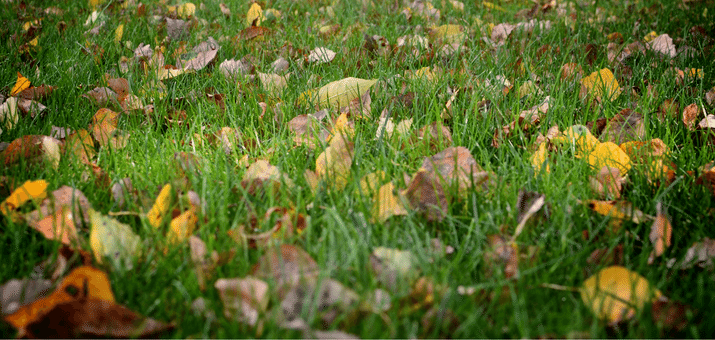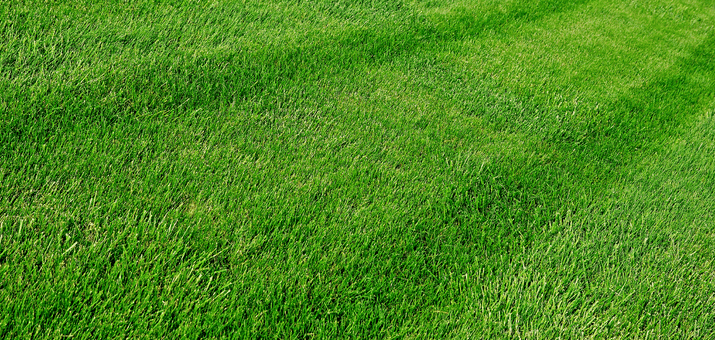
What is The Best Weather to Plant Grass Seed?
Planting grass seed is an investment of time, money, work, and hope if your goal is a thick, lush lawn. Timing is everything when it comes to lawn care, from planting new lawns to mending rough places and replenishing old grass.
When is the best time to sow grass seed in your area? That depends on the sort of grass you grow and the weather. Having a plan and knowing when to implement it will allow you to make the most of your seeding opportunities.
Why Is Timing So Important?
When planting grass, it's best to time it with the seeds' active growing phases. Like the other plants in your garden, lawn grasses have different requirements for light and water at different times of the year and in different climates.
Cool temperatures in late summer and early autumn are ideal for the growth of cool-season grasses like Kentucky bluegrass, perennial ryegrass, and tall fescue, notably Kentucky 31 tall fescue. These grasses are very adaptable, growing well in both the colder northern temperatures and the more extreme "transition zone" between the two.
In late spring and early summer, when temperatures are at their highest, warm-season grasses, including Bermudagrass, Bahiagrass, Zoysia grass, and Centipede grass thrive. Southern and western areas, as well as the northern parts of the transition zone, are ideal for these grasses to flourish.
Time your sowing to coincide with the grass's natural times of peak growth, whether you're growing cool- or warm-season grasses, and you'll see your seeds germinate and establish in no time. So, your seedling has the best possible foundation on which to build its success right away and in the long run.
Why Autumn is Ideal for Cool-Season Grass Seeds

There are a number of benefits that make autumn the ideal time to grow cool-season grass seed. Early October is a great time to plant since the soil is still warm from the summer. Newly planted cold-season grass seed benefits greatly from the favorable conditions of this situation, which include standard daytime temperatures, warm soil, and chilly nights.
Soil temperatures between 50-60 degrees Fahrenheit are optimal for the germination of cool-season grass seed. This is comparable to daily air temperatures between 60-75 degrees Fahrenheit. A cheap soil thermometer, sold at garden centers and on gardening websites, may help take the uncertainty out of the equation.
The farther north you live, the cooler autumn weather and prime planting season arrive earlier. Midway through August to midway through September is prime time for seeding cool-season lawns in Minnesota and the rest of the Upper Midwest. September and October are ideal for planting cool-season lawns in the transition zone of central and northern Arkansas.
We suggest you seed cool-season grass 45 days before the day you anticipate your first autumn frost, before the temperatures drop below optimal levels. That means your grass will get a complete autumn growth season and a second, chilly growing season in the spring. When it comes to the best time to seed your grass and the usual occurrence of frost in your region, your county extension agent may be of great assistance.
Planting in the autumn has advantages, especially considering the necessity for regular soil moisture for newly planted seed. There is less of a danger that your cool-season seeds may dry out in the fall because of the increased rainfall. Pennington Smart Seed and Pennington One Step Complete are both high-quality grass seed that can handle drought and save water. This makes it less likely that problems will happen.
After fall, April is the next best time for planting grass seeds since humidity and temperatures are back in their ideal range. However, cold and moist soil caused by late-melting snows and early spring showers may give early weeds a leg up. Grass has less time to establish itself before increasing temperatures stifle germination and impede the development of cool-season grasses.
Why Springtime is Best for Warm-Season Grass Seed

Soil temperature between 65-70 degrees Fahrenheit is ideal for the germination of warm-season grasses. It's common for midday air temperatures to reach 80 degrees or more when this is the case. Since warm-season grasses benefit from warm soil and early seasonal rains, which help maintain soil moisture accessible throughout germination and establishment, late spring and early summer are the best times to plant them.
The optimal timing to sow warm-season varieties, like cool-season varieties, varies from region to region. It is best to seed warm-season lawns in California between the middle of April and the middle of May. 3 People in the middle and southern parts of the state of Arkansas should sow seeds for warm-season grass on their lawns during the months of May and June.
Seeding in the early spring is enticing, but waiting usually yields better results. The soil needs to warm up, and the risk of frost has passed. Inferior germination, seed decay, and disease are the results of planting in soil that is too cold and damp. The extension agent in your county can provide you with up-to-date information on when frost is likely to occur as well as timely tips when adverse weather occurs.
Typically, warm-season grasses need at least 90 days to get established before the first autumn
frost. Late-planted seedlings have little chance of survival since these summer-loving grasses lay dormant at temperatures below 55 degrees Fahrenheit. When warm-season grasses are planted at the right time, they can make the most of the growing season before going to sleep in the fall.
Overseeding a warm-season lawn with a cool-season grass like perennial ryegrass provides brief winter color but is best done in the spring. Always in the autumn, when the weather cools and warm-season lawns lay dormant and lose their color, overseeding is done to ensure a lush carpet of grass for the winter.
How To Maximize Results?

To maximize grass seed growth, it's important to start with high-quality seeds and prepare the soil properly before planting. The soil should be loose and well-draining, with a pH between 6 and 7.
Once the seeds are planted, make sure to keep the soil moist but not waterlogged, as this can cause the seeds to rot. It's also a good idea to provide adequate sunlight and fertilize the grass seedlings regularly to ensure it has the nutrients it needs to thrive.
Finally, be patient! Grass seeds can take a few weeks to germinate, so it's important to be consistent with watering and care during this time. If you need help with determining which grass seed is right for you, it's always a good idea to consult with your local garden center.
With the right preparation and care, your grass seeds will have the best chance at growing into a healthy, lush lawn.
FAQ
Should I simply dump grass seed down and hope for the best?
While it's possible that certain locations may experience the germination of native grasses, this is not the same thing as a widespread germination of seeds.
Uneven coverage is probable if you just toss the seeds about. Additionally, the blades that may emerge without proper site preparation will not be healthy, well-rooted grass. Hire a lawn care expert to hydroseed your grass if you want to speed up the process.
Can grass seed be planted in March, or should it be delayed?
Grass seed cannot be planted in the majority of areas until much later than March. Plant summer grass seed when daytime temperatures consistently reach 80 degrees. Planting cool-season grasses in March is too late.
Is it necessary to rake in the grass seed?
Grass seed should be spread out and then worked into the soil with a rake, but only to a depth of approximately a quarter of an inch. Avoid burying the seed or covering it with a heavy layer of mulch that will prevent light from reaching it.
After raking, it is preferable to use a roller to run over the area and press the dirt down into the seeds. A little layer of compost or straw spread over the soil may help it retain moisture, but it must not be so thick that it blocks the sun.
Final Thoughts

In conclusion, the best weather to plant grass seed depends on the type of seed and the climate in which you live. In general, cooler, wetter seasons such as spring or fall are the most favorable for newly planted grass seed growth, as they provide the ideal combination of moisture, temperature, and sunlight.
However, different grass seed varieties may have different temperature and moisture requirements, so it's important to research the specific needs of the seed you are planting. Additionally, certain climates may have unique weather patterns that can affect grass seed growth.
By taking these factors into consideration and following proper planting and care guidelines, you can give your grass seeds the best chance at thriving and growing into a healthy, lush lawn.
Products
View all

